Turn-mill compound
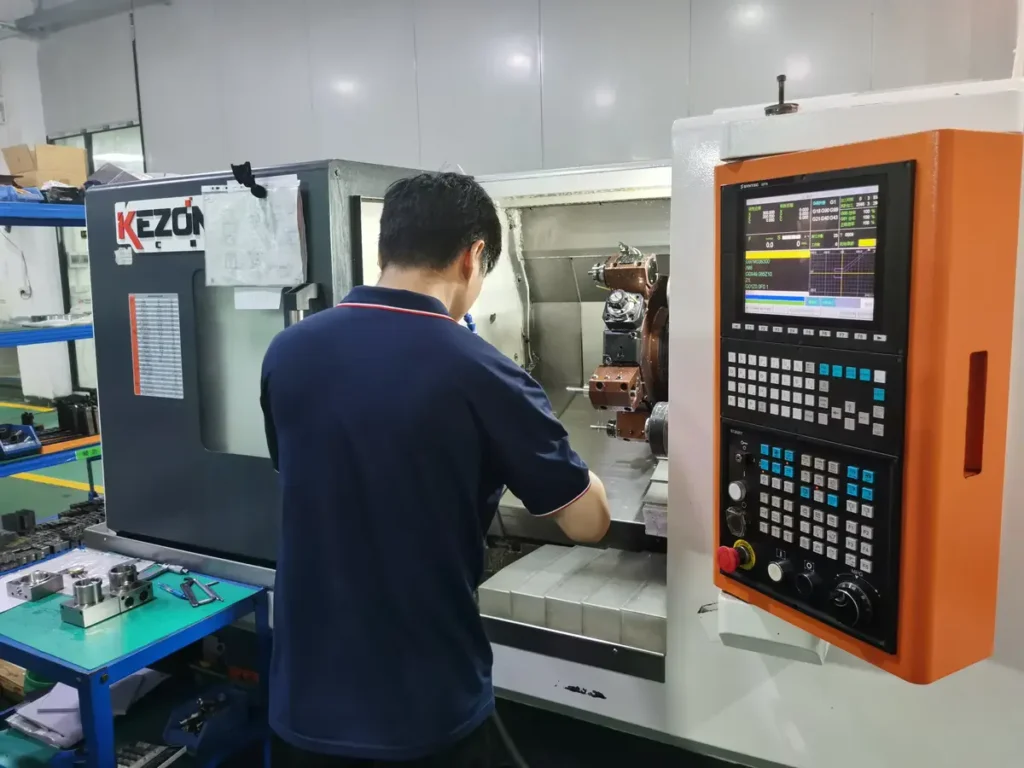
Our conventional turn-mill compound machining tolerances are controlled within ±0.01mm, while precision machining can achieve tolerances as tight as ±0.005mm or even smaller. For any component machining needs and precision requirements, please contact us for a quote.
What is turn mill compound machining ?
Turn-mill compound machining utilizes turning-milling composite machine tools to perform multiple machining processes—including turning, milling, drilling, and tapping—on a single machine according to pre-set CNC programs. This achieves integrated processing of diverse operations on a single machine.
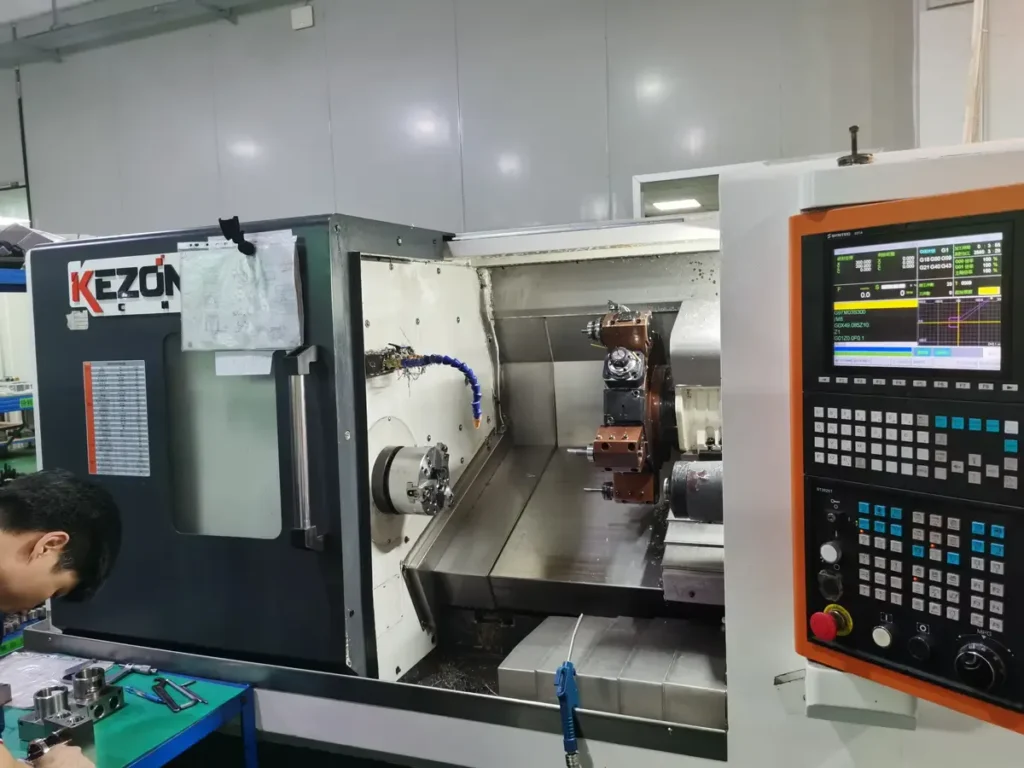
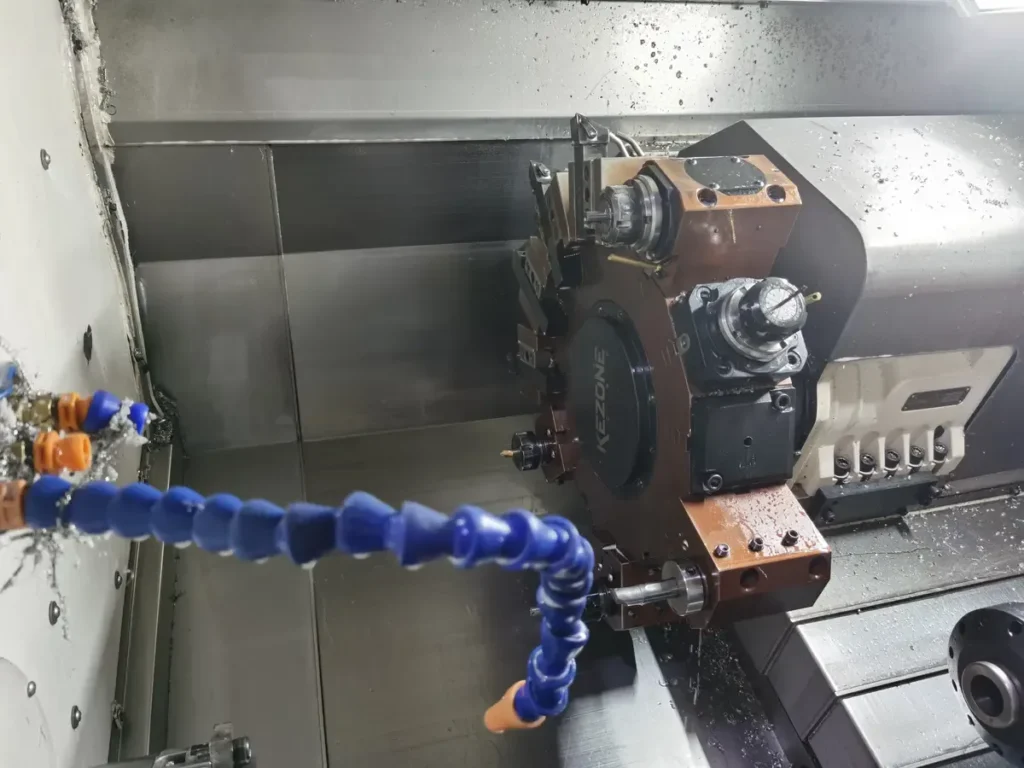
Custom material for turn-mill compound machining
Our turn-mill compound CNC machining centers boast over a decade of production experience, capable of precision machining and cutting approximately one hundred materials with tolerances as tight as 0.005mm. Below are our commonly used material options for CNC machined parts. Should you require machining of other unique materials, please contact us for further information.
Metal material :
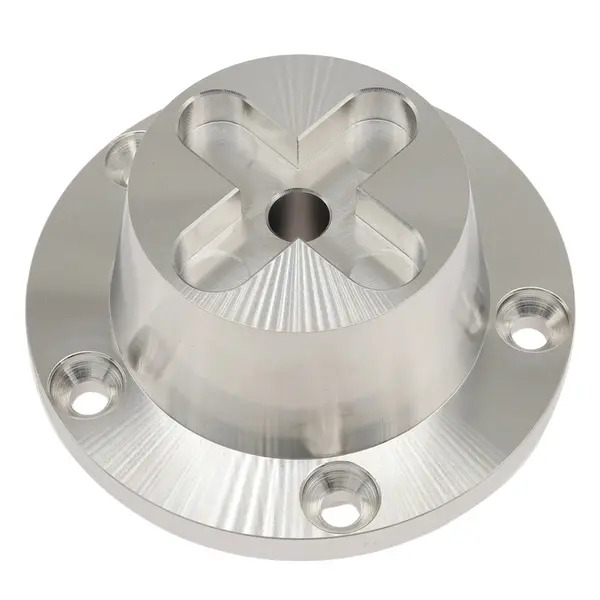
Aluminum
Aluminum is the most commonly used precision-machined component. It has a low density, a hard texture, and a soft material. Thanks to its corrosion resistance, it is widely used in aerospace, bionic bones, and automotive parts manufacturing.
Color : Silver.
Types : Aluminum 6061、7075、2024、5052、6063 and MIC-6.
Surface finish : Polishing, Brushing, Sandblasting, Chrome Plating, Anodizing, Electroplating, Powder Coating, Laser Etching.
Delivery time : 1-5 days.
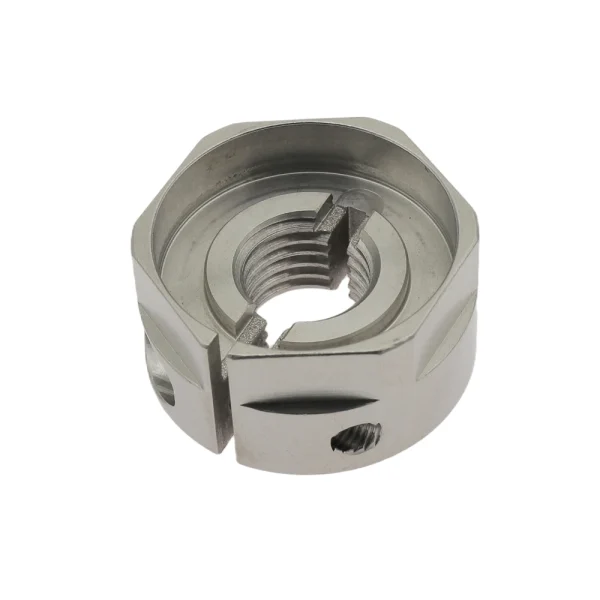
Stainless steel
Stainless steel offers strong corrosion resistance and a smooth, easy-to-clean surface. It is primarily used in kitchen equipment components, medical devices, building materials and construction, as well as automotive parts.
Color : Silver.
Types : Stainless steel 304/316/201/202/430/444/410/420/440c/2205/2507/17-4ph/17-7ph.
Surface finish : Polishing, Brushing, Sandblasting, Electroplating, Spraying, PVD (Physical Vapor Deposition), Passivation, Pickling, Coloring.
Delivery time : 2-5 days.
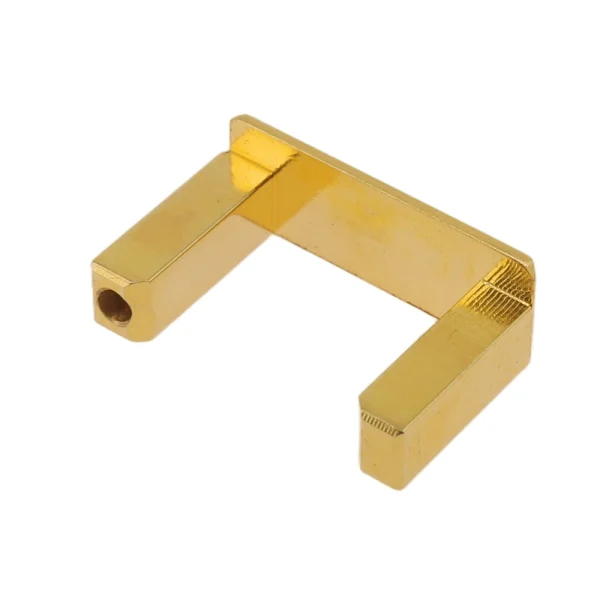
Copper
Possesses electrical conductivity, tensile ductility, and antimicrobial properties, primarily used for processing into crafts, decorative items, and medical equipment.
Color :Orange,yellow.
Types : copper H59/H62/Hpb59-1/C36000/HAI77-2/HSN62-1/HPb/HMn/HAl/HSn/HNi.
Surface finish : Passivation, Electroplating, Chemical Plating, Shot Peening, Sandblasting, Chemical Film Treatment, Polishing, Bright Cleaning.
Delivery time : 1-5 days.
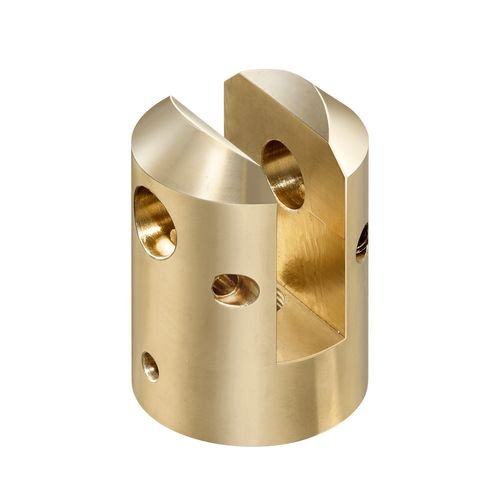
Bronze
Bronze is an alloy of copper and tin (possibly including lead, zinc, and phosphorus),low melting point (800-900°C) and excellent fluidity, along with corrosion resistance. Low-tin bronze exhibits a golden yellow hue, while high-tin bronze appears grayish-white or silver-gray. It is primarily used in mechanical manufacturing for sculptures, bearings, gears, valves, as well as in marine engineering components such as propellers, as well as marine engineering components like hull fittings and water pumps.
Color : gold/brown.
Types : Tin bronze, aluminum bronze, beryllium bronze, silicon bronze, manganese bronze.
Surface finish : Sandblasting, polishing, knurling, grinding, passivation, chemical film coating, impregnation coloring, brush/spray coloring, electroplating, anodizing, powder coating, brushing.
Delivery time : 1-5 days.
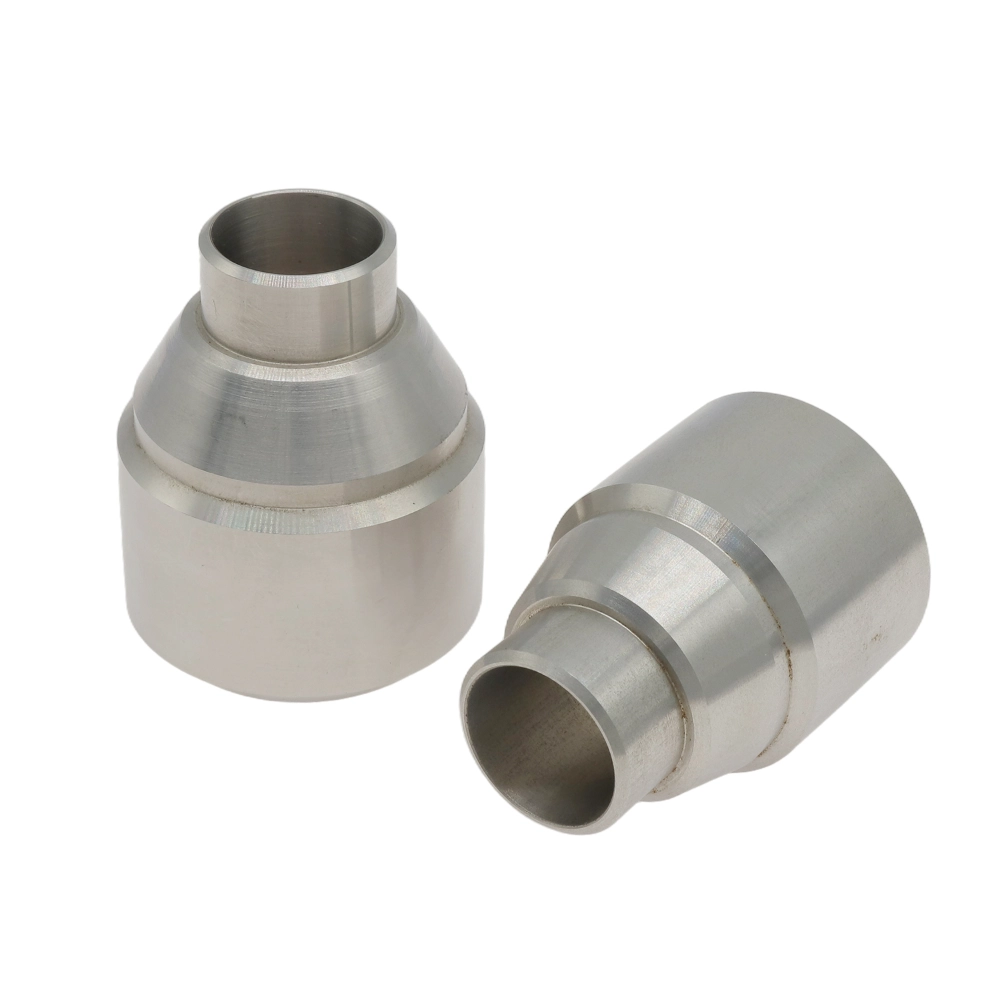
Steel
Iron alloyed with carbon (typically 0.1%-1.7%) and other alloying elements (such as chromium, nickel, manganese, etc.). By adjusting composition and heat treatment processes, diverse properties can be achieved, including high strength, high toughness, wear resistance, and corrosion resistance. It is suitable for producing components such as bolts, shafts, gears, drill bits, milling cutters, and turning tools, and is also frequently used in manufacturing engine valves and turbine blades.
Color : Silver .
Types : Steel S20C,S45C,S50C,SK85,SK95,40Cr,4140,4130,H13,D2,W1,A2,D2,M2,SKD11,ASP-23,S136.
Surface finish :Sandblasting, Mirror Finish, PVD Coating, Brushed Finish, Spray Coating, Electroplating.
Delivery time : 1-5 days
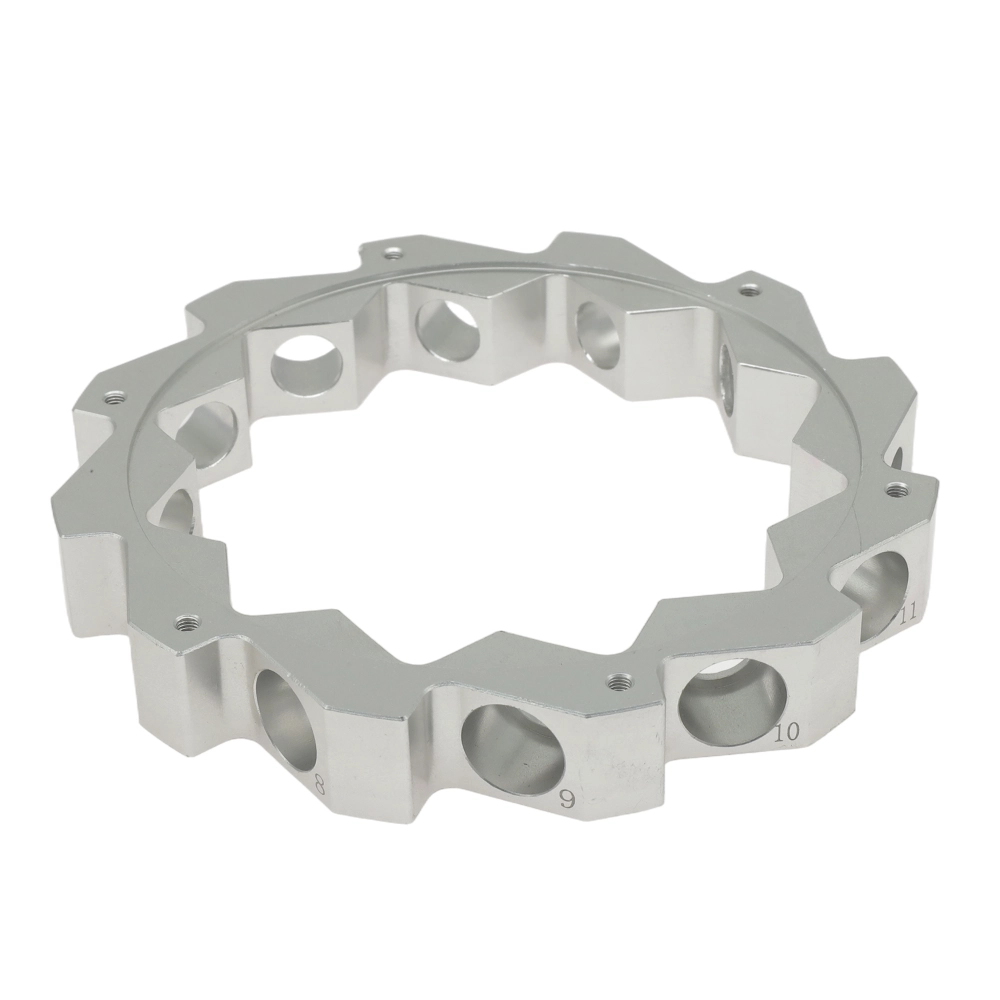
Magnesium
Magnesium has a density approximately two-thirds that of aluminum and one-quarter that of steel. Its low hardness results in minimal cutting force and reduced tool wear. With superior thermal conductivity compared to aluminum, it saves CNC machining time and material. Its strength-to-weight ratio outperforms both aluminum alloys and steel, while its damping capacity is 1.5 times that of aluminum, effectively absorbing vibrations and noise. These properties make it an ideal material for aerospace, automotive, and electronics industries.
Color : Silver.
Types : Magnesium alloy AZ91D/AM60B/AM50A/AS41B/ZK60/MB8/AZ31/WE43/ZE41/LA141/LZ91.
Surface finish : Chemical conversion coating, anodizing, nickel plating, electroplating, composite coating, spray painting, powder coating, electrophoretic coating.
Delivery time : 1-5 days.
Plastic material :
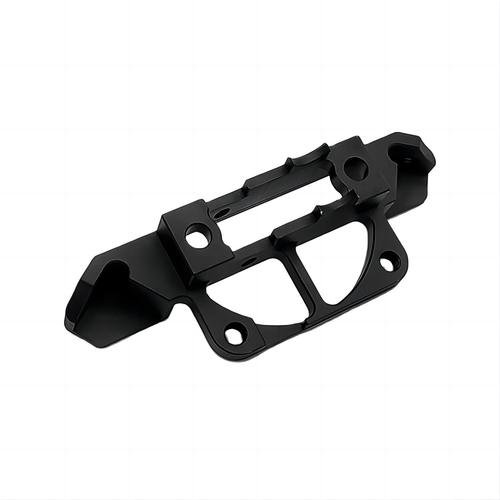
ABS
Combining the rigidity of acrylonitrile, the toughness of butadiene, and the processability of styrene, it offers excellent impact resistance (maintaining toughness even at low temperatures) with a balanced hardness and rigidity. Suitable for precision components subjected to moderate loads, it is ideal for manufacturing precision parts such as electronic and electrical enclosures, automotive ducting, interior trim components, and exterior trim components.
Color : Beige,black.
Types : General-purpose, flame-retardant, heat-resistant, high-impact-resistant, transparent (MBS), filled modified, alloyed, functionalized ABS.
Surface finish :Spray coating, electroplating, screen printing, laser engraving, hot stamping, vacuum coating, water transfer printing, sandblasting, anti-fingerprint coating.
Delivery time : 1-5 days.
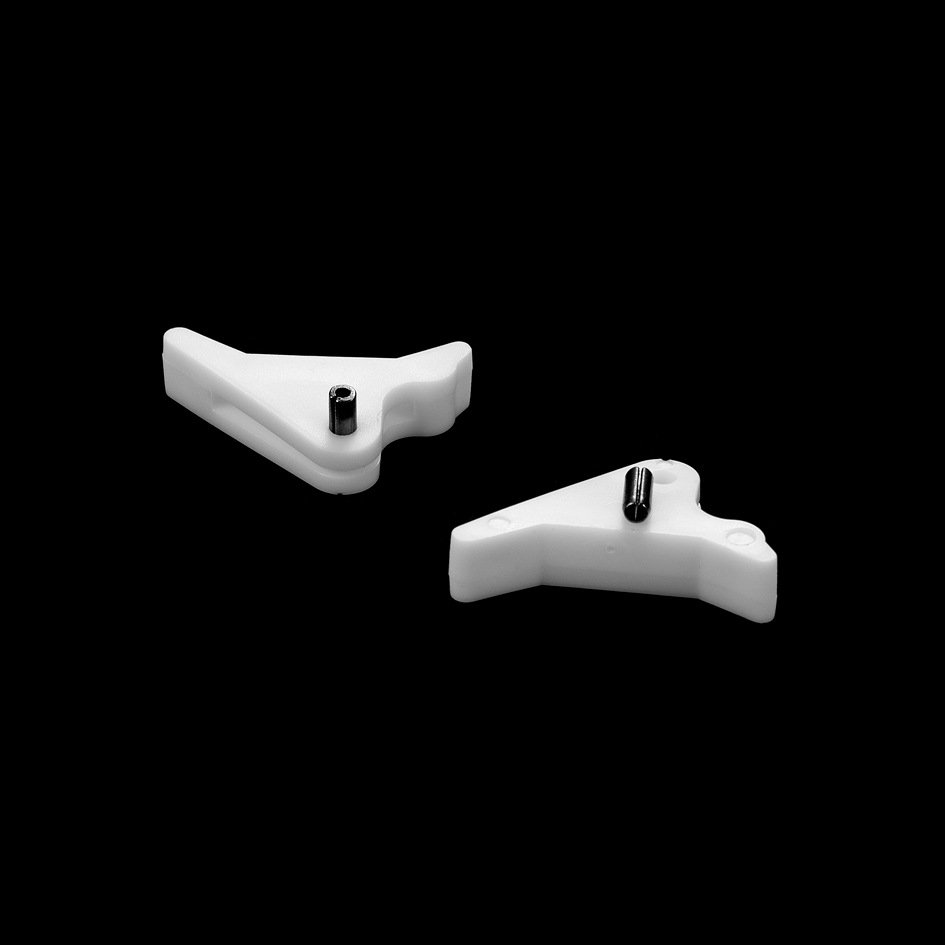
PC
High-performance thermoplastic with high toughness (low-temp resilient) and rigidity, ideal for CNC precision machining (cutting, drilling). Lighter than acrylic, it offers strong creep resistance and high-frequency insulation, suited for stress-resistant, insulated components. Eco-friendly via recycling by melting, used in electronics casings, spectrometer mounts, heat sinks.
Color : white or black.
Types : General Machinable/Flame Retardant/Reinforced/Blended PC.
Surface finish : Polishing, Hardening, Spraying, Laser Engraving, Electroplating, Hot Stamping.
Delivery time : 1-5 days.
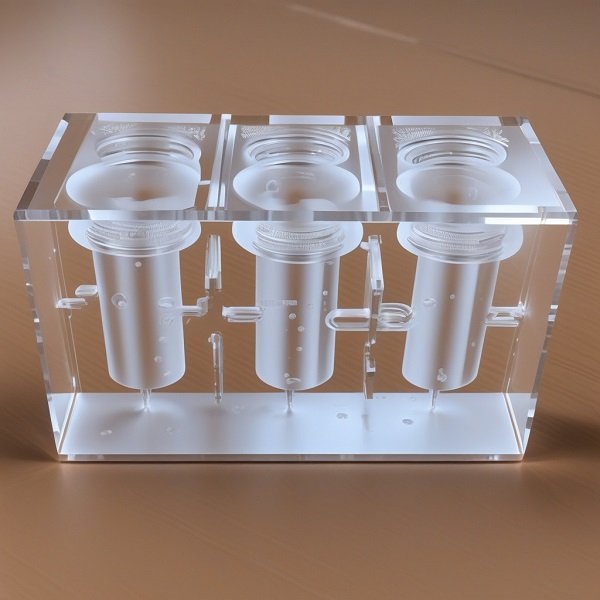
PMMA
With a light transmittance as high as 92%, it is hailed as “plastic crystal,” serving as material for optical components such as lenses and light guides. Its optical uniformity surpasses that of ordinary glass, while weighing only half as much. It offers easy machinability, moderate thermal stability, low shrinkage, and impact resistance. Primarily used in consumer electronics industries for display protective covers, lenses, and mobile phone frames.
Color : clear,white,black,colored.
Types : General-purpose / Impact-resistant / Heat-resistant / Pearlescent.
Surface finish : Polishing, enhanced coating, sandblasting for texture, printing for coloring, anti-scratch and anti-fingerprint treatments.
Delivery time : 1-5 days.
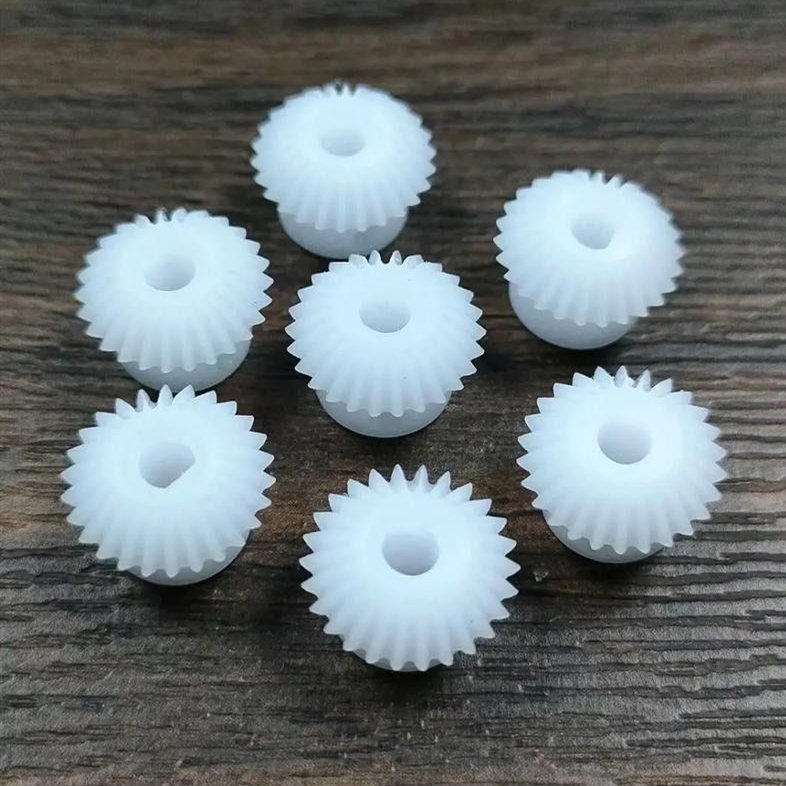
POM
High tensile strength and low friction coefficient, excellent dimensional stability, easy machinability, can replace metal as raw material for wear-resistant components such as gears and bearings, widely used in automotive industry, industrial machinery,medical tools, etc.
Color : white,black,blue,yellow,etc.
Types : POM-H, POM-C.
Surface finish : Polishing, sandblasting, chemical polishing, laser polishing, anodizing/painting.
Delivery time : 1-5 days.
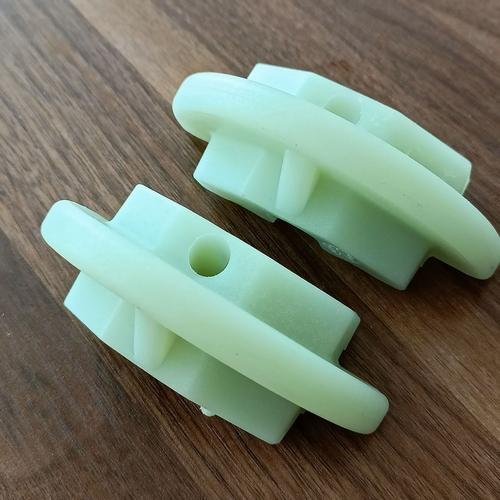
PA
PA (Polyamide, Nylon) exhibits tensile strength ranging from 62 to 85 MPa, low friction coefficient, and excellent heat resistance. Primarily used in high-load structural components such as gears and bearings, it facilitates the manufacturing of automotive parts, consumer electronics, and industrial machinery components.
Color : Colored.
Types : PA6, PA66, PA6T, PA9T.
Surface finish :Mechanical grinding, acid/alkali etching, hydrolysis technology, coating.
Delivery time : 1-5 days.
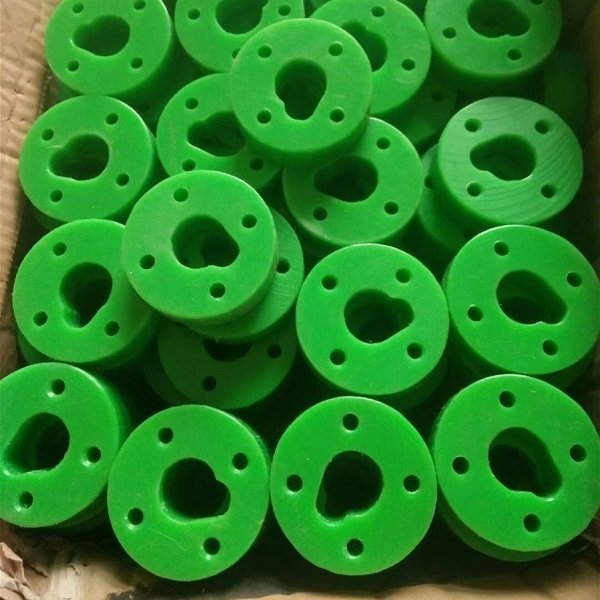
PE
PE (Polyethylene) is a thermoplastic material with a low melting point. During machining, tool temperature must be controlled to prevent adhesion, resulting in a smooth, burr-free surface. Its low friction and self-lubricating properties make it suitable for sliding/rotating components. It resists most acids, alkalis, salts, and organic solvents but is soluble in aromatic hydrocarbons and halogenated hydrocarbons. Common applications include food containers, trash bins, and toys.
Color : black,white,colored.
Types : LDPE, HDPE, UHMWPE, PEX, PEX-A, PEX-B.
Surface finish :Polishing, sandblasting, coating, etching.
Delivery time : 1-5 days.
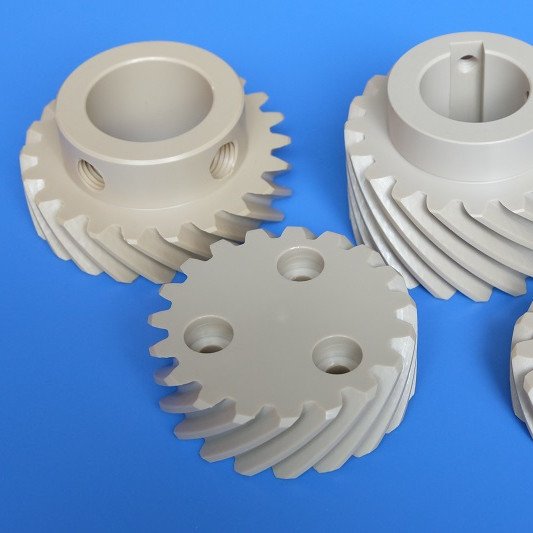
PEEK
PEEK (Polyetheretherketone) is a semi-crystalline specialty engineering plastic characterized by high strength, high melting point, and low friction coefficient. It offers excellent chemical resistance and is suitable for aerospace structural components, high-temperature parts, and medical devices such as endoscopes and handles.
Color : Beige,black.
Types : CF-PEEK, GF-PEEK, PEEK with carbon black/ceramic/PTFE/graphite fillers.
Surface finish :Sandblasting, polishing, metal coating, polymer coating.
Delivery time : 1-5 days.
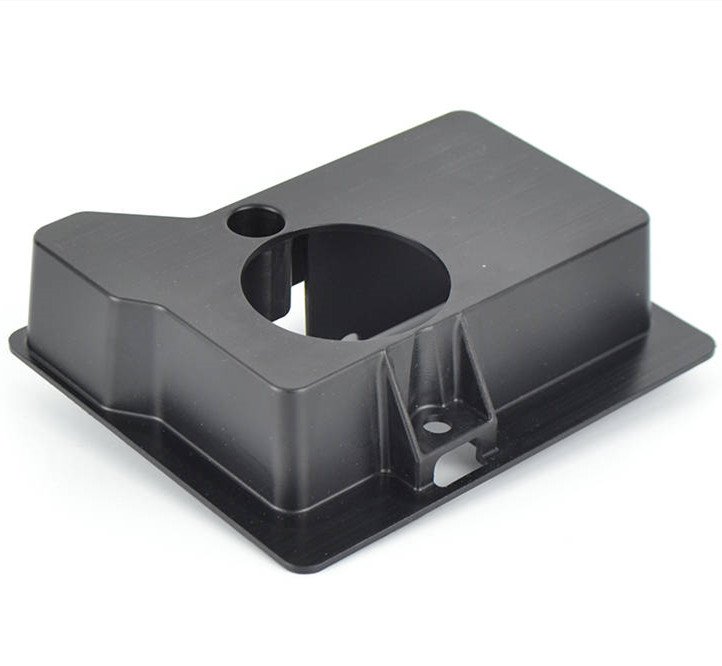
PP
PP (Polypropylene) is a semi-crystalline thermoplastic with a melting point of approximately 130-160°C. It exhibits excellent processing flow properties. During CNC machining, temperature control is essential (recommended range: 200-230°C). It is suitable for repeated bending operations. Tool selection must align with the material’s characteristics. Primarily used for containers, connectors, and structural components.
Color : black,white,colored.
Types : PP-H, PP-B, PP-R, HIPP.
Surface finish :Polishing, Sandblasting, Coating.
Delivery time : 1-5 days.
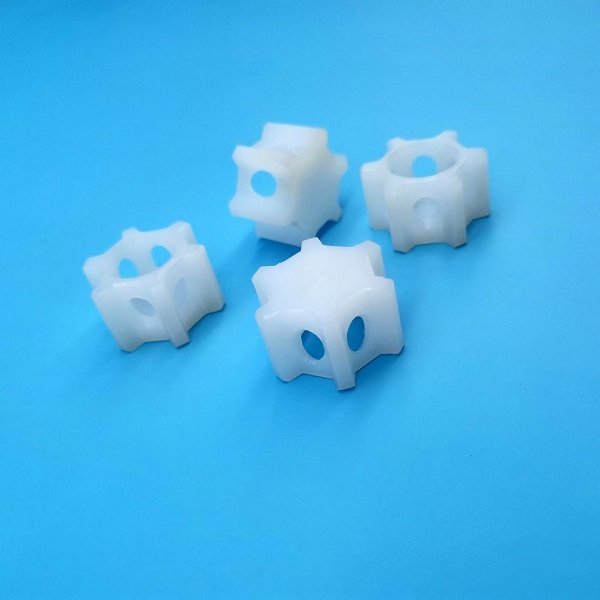
HDPE
HDPE (High-Density Polyethylene) is a linear thermoplastic with excellent impact resistance and dimensional stability.Non-toxic and odorless, it is suitable for manufacturing valves, pump bodies, gears, sliding bearings, and as core material for surfboards.
Color : black,white.
Types : HI-HDPE, UV-HDPE, UHMWPE, Carbon Black-Filled HDPE.
Surface finish :Polishing, Sandblasting, Coating.
Delivery time : 1-5 days.
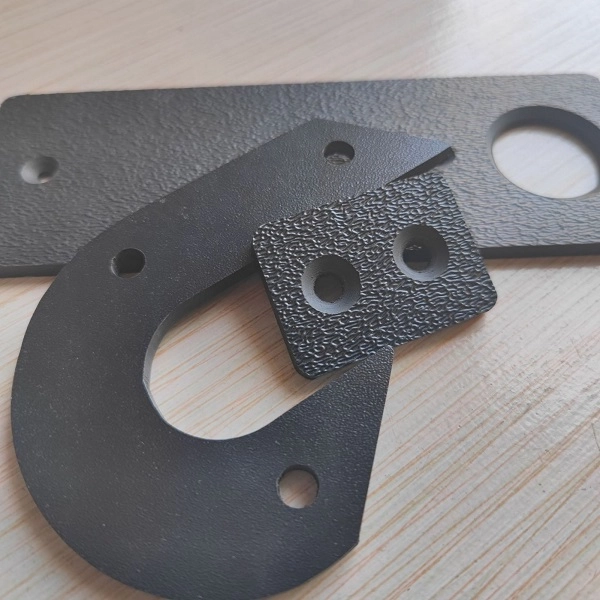
HIPS
HIPS is a non-crystalline thermoplastic containing 5-15% rubber content, offering both high impact resistance and ease of processing. It features moderate surface hardness, low moisture absorption (0.05-0.7%), low cost, and suitability for complex structures. Widely used in appliance housings, food packaging, automotive interiors, and industrial piping, it replaces metal to meet lightweight and impact-resistant requirements.
Color : black.
Types : Impact-resistant HIPS, Brominated flame-retardant HIPS, Glass-fiber reinforced HIPS.
Surface finish :Polishing ,Sandblasting ,Coating.
Delivery time : 1-5 days.
Surface finishes for turn-mill compound parts
Leveraging over a decade of expertise in CNC machining and surface finish technologies, Weldo has integrated the following finishing solutions designed to enhance the surface quality and finish of parts following turn-mill compound operations. This process not only optimizes component appearance, surface roughness, hardness, and corrosion resistance but also effectively eliminates tool marks.
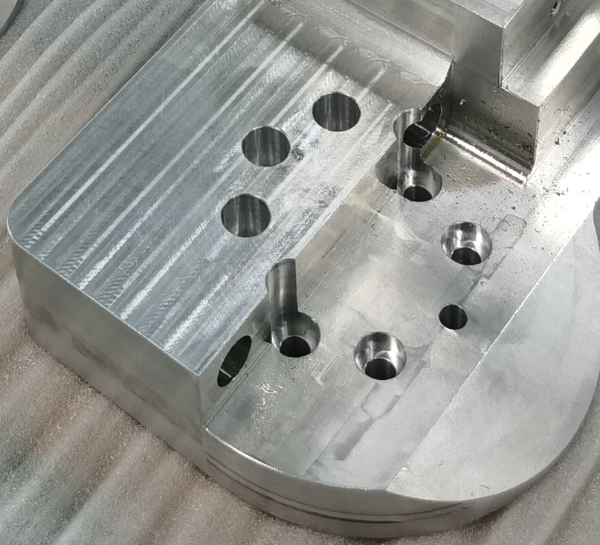
Machined finish
The prototype processed by the machine tool retains traces of tool machining.
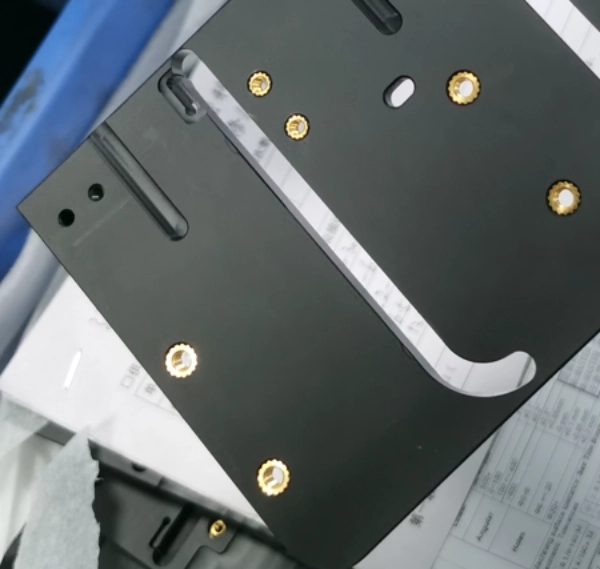
Anodizing
Anodizing enhances the corrosion and wear resistance of metals and enables coloring and coating, suitable for metals such as aluminum, magnesium, and titanium.
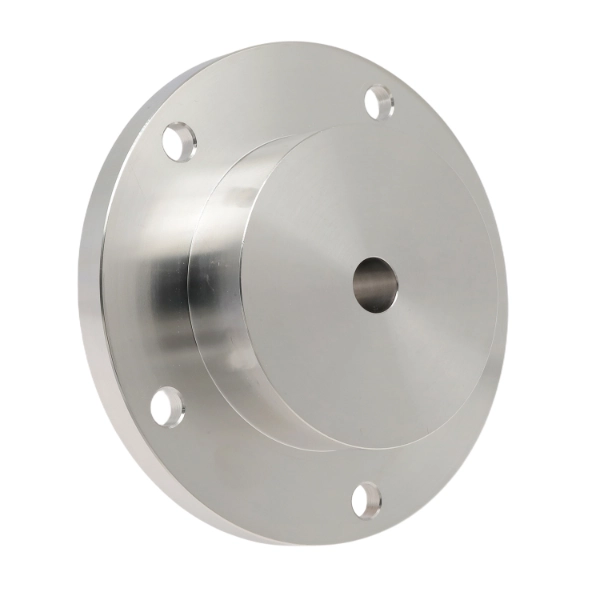
Polish
Polishing enhances surface finish and aesthetic appeal, suitable for materials such as metals, ceramics, plastics, and PMMA.
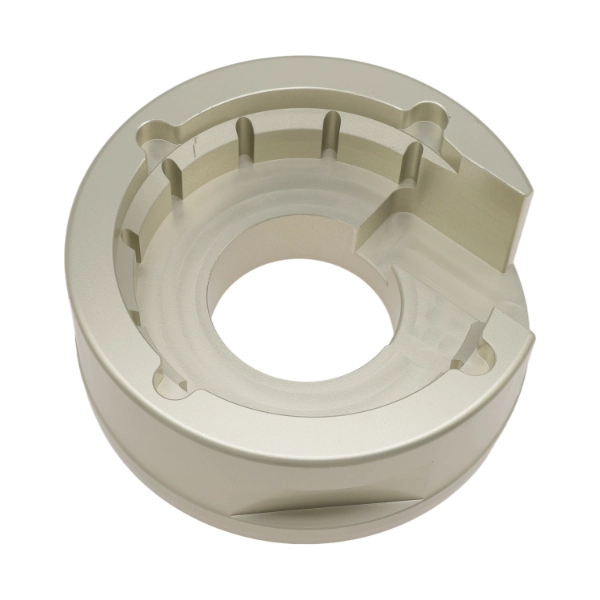
Sand blasting
Sandblasting involves propelling abrasive material at high pressure or mechanically onto a workpiece to achieve a clean, roughened, and matte finish.
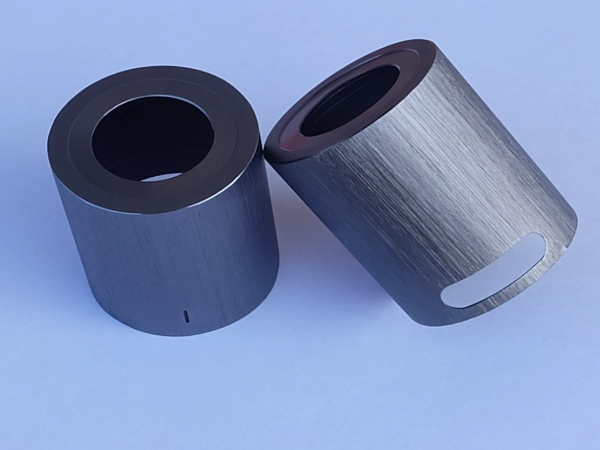
Brushed finish
Brushed finish creates a textured pattern on metal surfaces, enhancing aesthetic appeal. Suitable for aluminum, copper, stainless steel, and other materials.
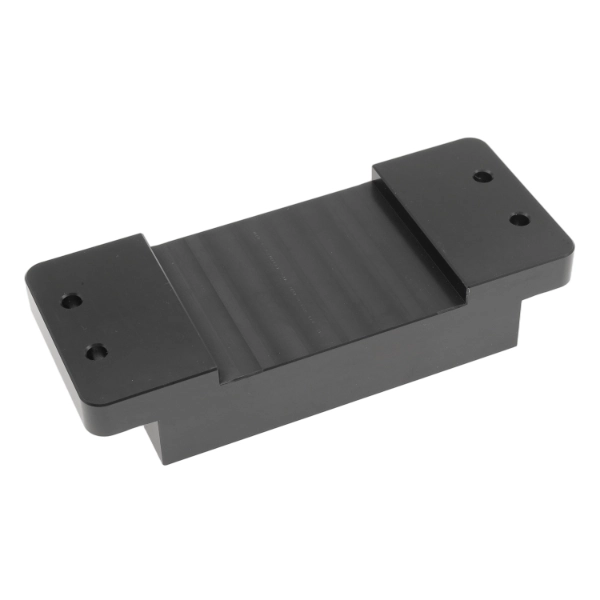
Powder coating
Powder coating is applied to the workpiece surface via electrostatic adhesion, then cured at high temperatures to form a dense coating, enhancing the corrosion resistance of metal and plastic surfaces.
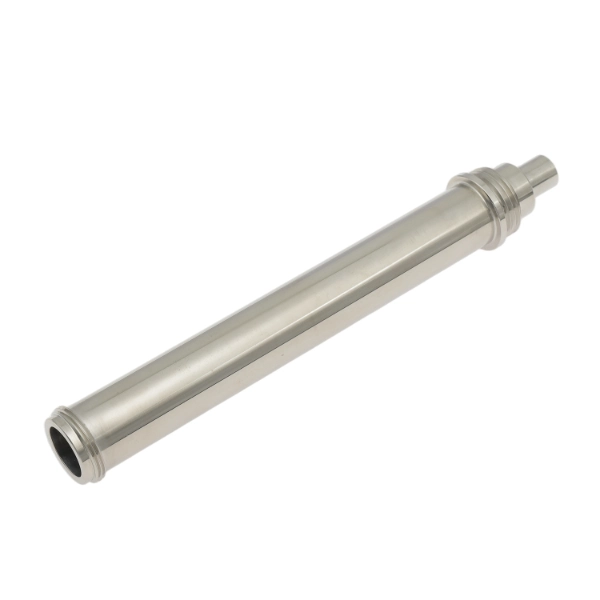
Electroplating finish
Metal plating is deposited onto material surfaces through electrolytic processes to enhance corrosion resistance and wear resistance. This technique is suitable for metals and certain plastics.
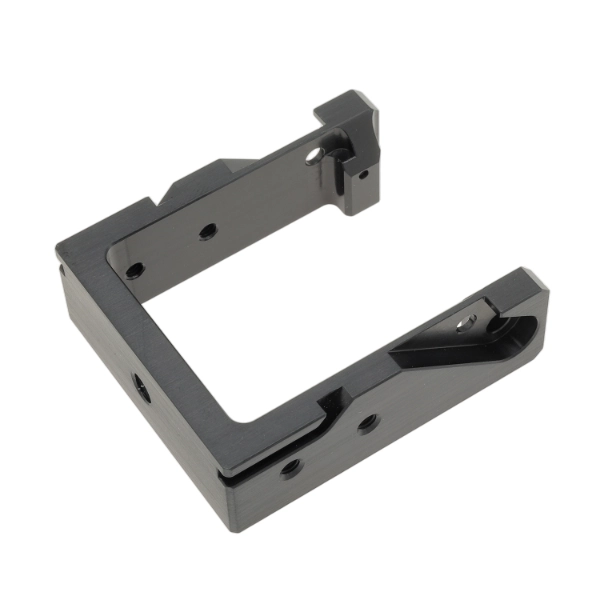
Black oxidize
A black oxide coating is formed on metal surfaces through chemical oxidation, offering low cost, a simple process, and reduced light reflection.

Electropolish
Removes microscopic protrusions from metal surfaces through electrochemical anodic dissolution, creating a smooth, dense surface free of residual stress and highly corrosion-resistant. Capable of processing complex metals and conductive materials.
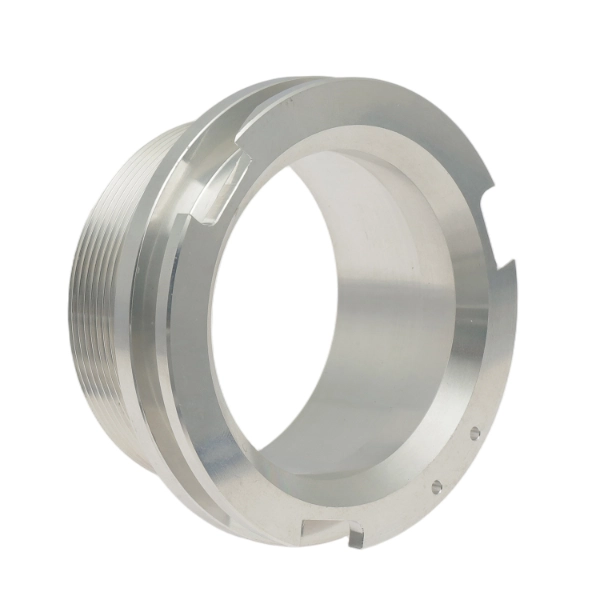
Alodine
Forms a protective coating on surfaces through chemical conversion, enhancing corrosion resistance and adhesion. Environmentally friendly with excellent conductivity, suitable for aluminum and magnesium alloys.
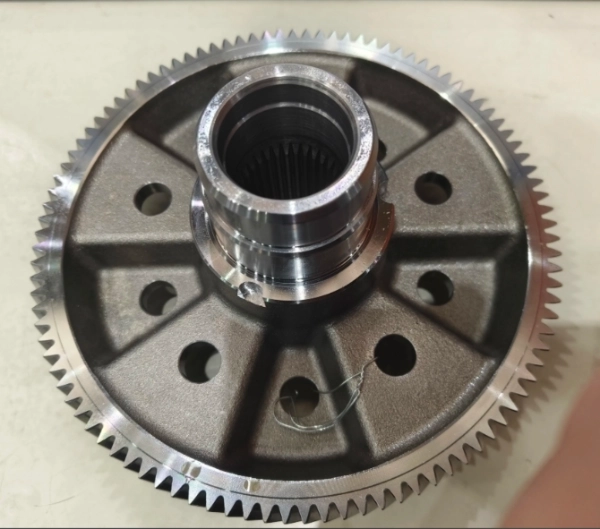
Heat treatment
By altering the internal microstructure of metallic materials through heating, this process enhances hardness, strength, toughness, and wear resistance. It is suitable for metals such as steel, aluminum alloys, copper alloys, and titanium alloys.
Turn-mill compound cnc machining capability
Our ISO 9001 certification demonstrates that our Turn-mill compound parts meet stringent tolerance requirements. We adhere to ISO-2768f tolerance standards for CNC-milled metals and ISO-2768m for plastic parts, enabling you to obtain CNC-machined components with high-precision machining standards.
| Property | Description |
|---|---|
| Maximum part size | The maximum direct machining diameter is 600mm, with a maximum machining length of 1200mm. For longer components requiring precision turning, we can adjust the equipment accordingly. |
| Minimum part size | The diameter is as small as 3 mm, depending on the specific part size requirements and material. |
| General tolerance | Our CNC turning standard tolerance is 0.01mm. If material and structure permit, tighter tolerances as low as ±0.005mm can be achieved. |
| Lead time | Prototype machining typically ships within 1-3 days. Small-batch CNC turning takes 3-5 days, with the fastest turnaround possible within 24-48 hours depending on part complexity and material. |
Turn-mill compound cnc machining design guideline
| Item | Recommended Size |
|---|---|
| Radii | The minimum inner radius should not be less than 2 mm, with a maximum machining radius of 500 mm depending on the specific dimensional requirements and material of the part. |
| Threads and Tapped Holes | Capable of precision machining external and internal threads ranging from M2 to M50. To ensure thread stability, a minimum thread length of 1.5 times the diameter is recommended. |
| Minimum Wall Thickness | During CNC machining, the minimum recommended wall thickness for metals is 1 mm, while for plastics it is 1.5 mm. This ensures structural integrity of parts during turning and reduces costs. |
| Text | The minimum recommended engraving depth for characters is 0.5-2 mm, with a character height ranging from 1-10 mm. This depends on the material size and legibility requirements. |
| Holes | The minimum machinable hole diameter is 1 mm. For deep holes, it is recommended that the depth does not exceed five times the diameter to ensure part durability and quality. The maximum achievable depth is ten times the diameter. |
Turn-mill compound cnc parts display
Our turn-compound CNC machining services effortlessly handle Complex surfaces, three-dimensional solids machining, encompassing plastics, metals, large components, and small-batch production. Tolerances can be controlled to as low as 0.001 inch.
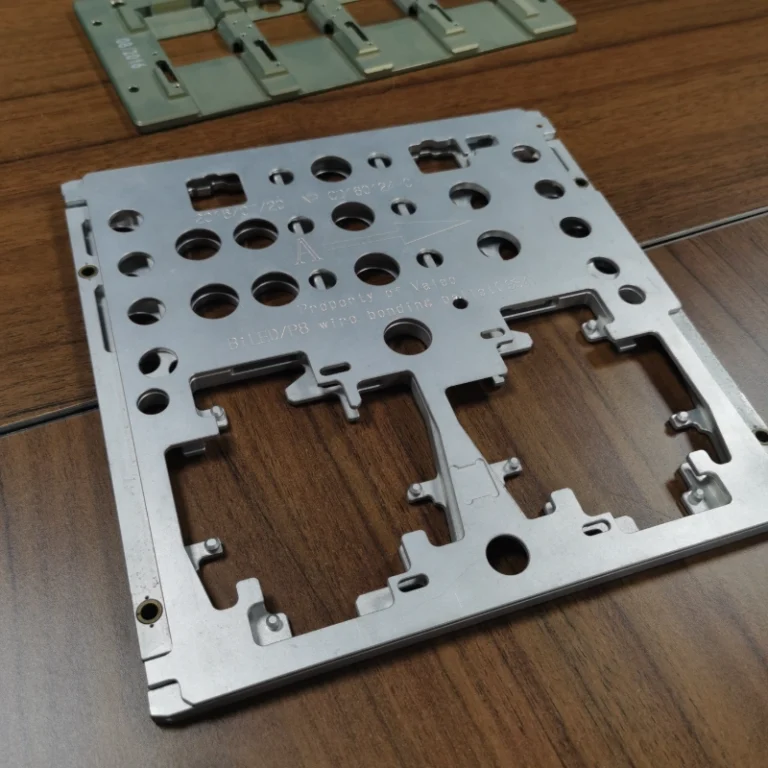
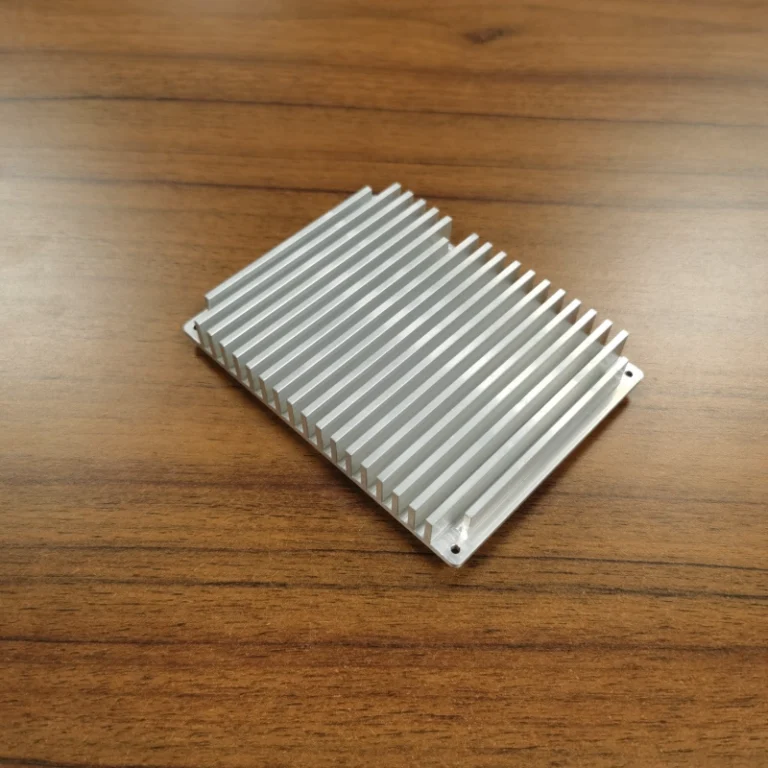
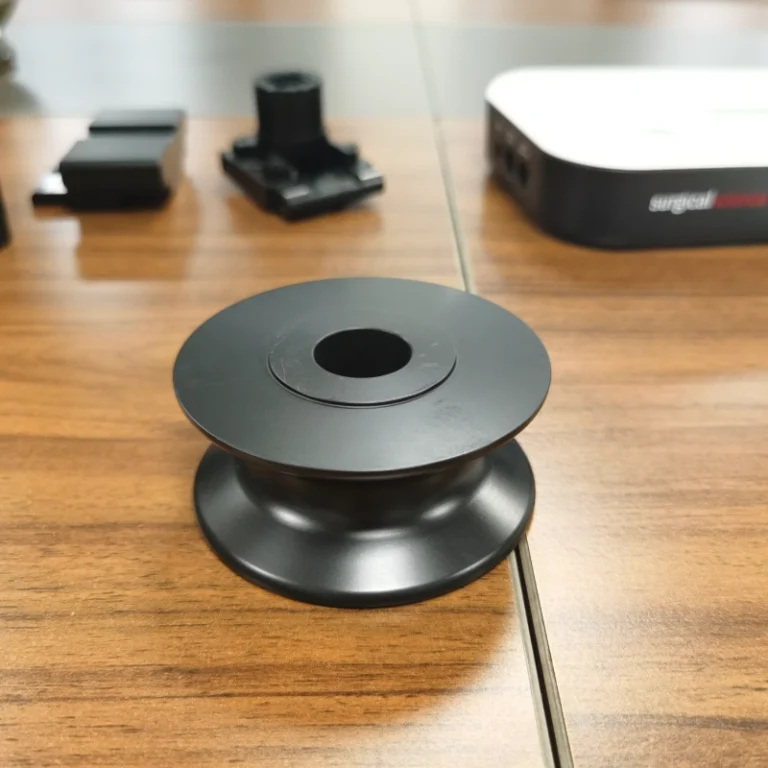
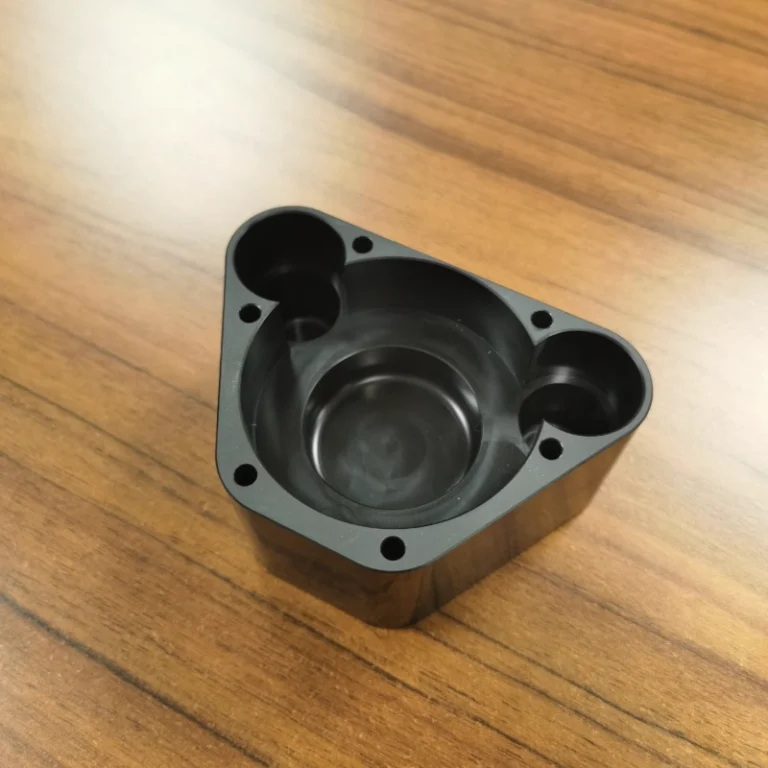
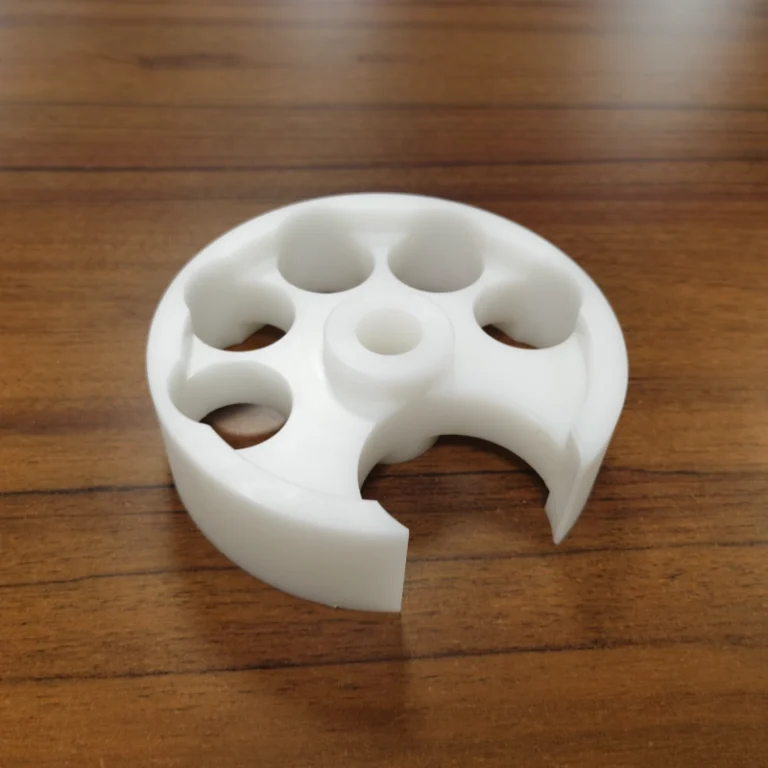
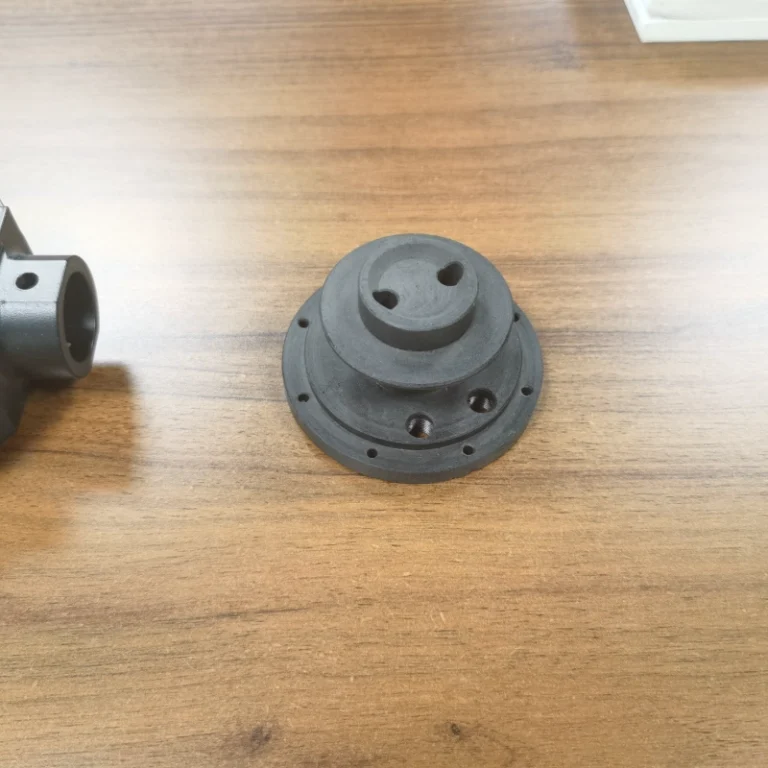
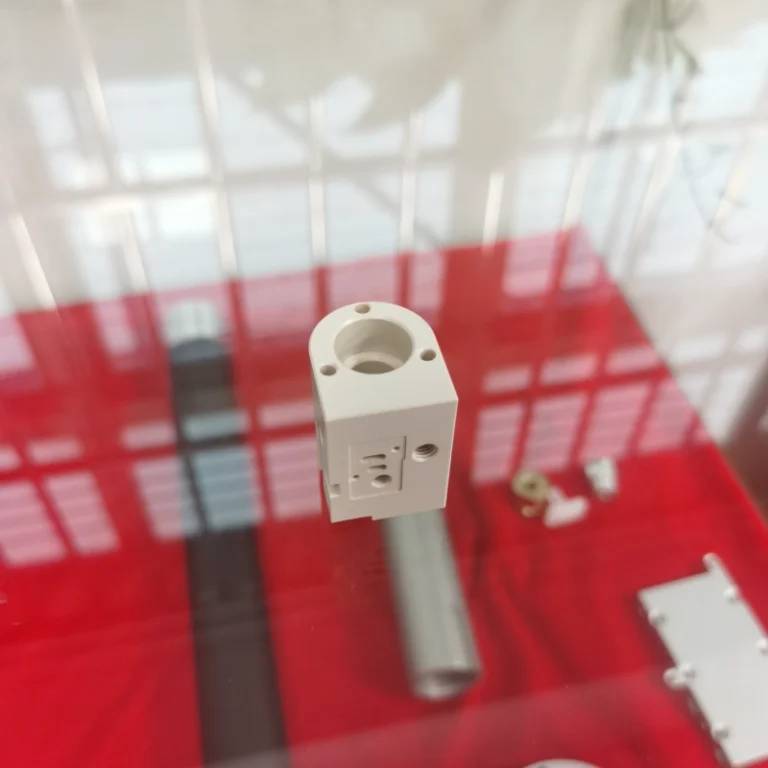
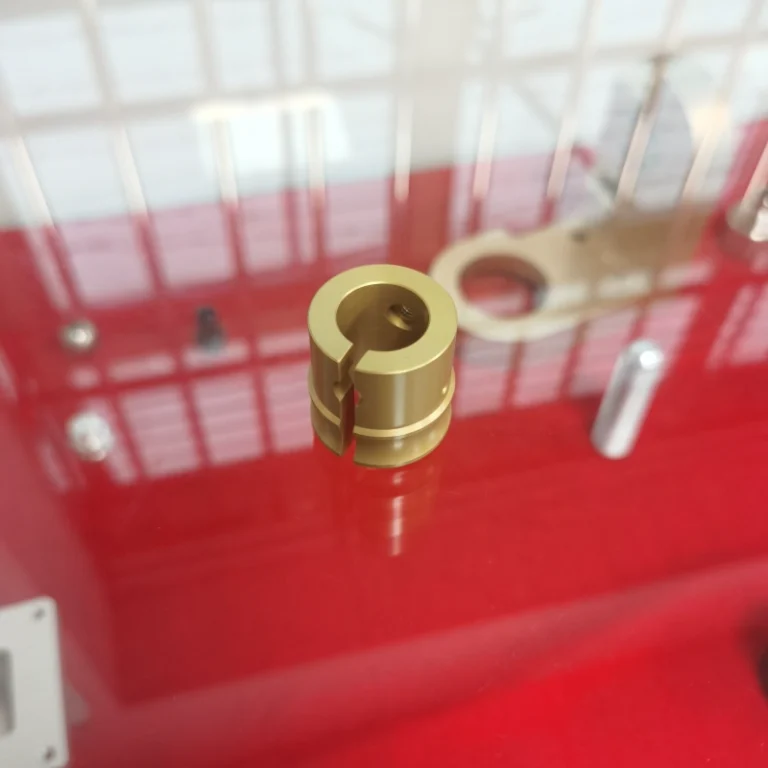
Advantage of cnc turn-mill compound machining
Enhanced Precision and Quality: Multiple processes completed in a single setup minimize positioning errors. For precision shaft machining, this ensures dimensional accuracy across all sections while leveraging milling to compensate for turning limitations, thereby improving overall precision.
Boosting Production Efficiency: Eliminates workpiece transfer and multiple setup/alignment times. For parts with complex surfaces and hole patterns, traditional methods require multiple machines and transfers, whereas turning-milling integration completes them in a single setup, shortening cycles and reducing costs.
Enhanced Process Flexibility: Capable of handling diverse complex shapes—whether rotary or non-rotary—through optimized programming and tool selection for efficient machining.
Optimized Surface Quality: Flexible selection of machining methods and cutting parameters based on part requirements, meeting stringent surface quality demands for optical components, precision molds, and similar applications.
Application of turn-mill compound part
Aerospace: Components feature complex structures, stringent precision requirements, and specialized materials. Examples include aircraft engine turbine blades and spacecraft fuel tanks, where turning-milling integration enables precise machining to ensure performance and reliability.
Automotive Manufacturing: Used for machining critical components such as engine crankshafts, camshafts, transmission gears, and drive shafts, ensuring dimensional accuracy and enhancing production efficiency.
Medical Devices: Demands stringent precision, surface quality, and biocompatibility. Small precision components like artificial joints and dental implants achieve high-accuracy manufacturing through turning-milling integration.
Mold Manufacturing: Mold cavities and cores feature complex structures. Turning-milling integration enables rapid, precise machining, enhancing mold accuracy and efficiency while shortening development cycles.
FAQ of turn-mill compound
1: Is programming complex curved surface parts for turn - mill compound machining difficult?
It is challenging. Complex curved surfaces feature irregular geometries, making mathematical modeling difficult. This tests the programmer's mathematical and spatial visualization skills to convert surface features into machine tool code. While CAM software can generate toolpaths and programs based on the part's 3D model, programmers must still review and optimize them to ensure machining feasibility and quality. Overall, specialized knowledge is required.
2: Is troubleshooting complex for turn - mill compound machines?
Yes, it's complex. These machines integrate multiple functions and intricate structures, encompassing mechanical, electrical, and control systems. Failures can originate from mechanical transmission, electrical systems, or software. Maintenance personnel require multidisciplinary expertise. Repairing critical components often demands specialized equipment or factory return, necessitating dedicated maintenance teams or supplier partnerships.
3: Is turn - mill compound machining suitable for small - batch part production?
Yes. For small batches, traditional machining requires multiple machines and repeated setups, driving up costs.turn - mill compound machining completes multiple processes on a single machine, reducing setup and transfer time while boosting efficiency. Though equipment costs are high, the gains in efficiency and precision offset this. Single - setup machining ensures consistent quality, minimizes errors, and rapidly adapts to diverse requirements.
4: How does turn - mill compound machining control the impact of cutting heat on parts?
Controlling cutting heat is critical, as it causes thermal deformation that compromises precision and quality. Optimal cutting parameters should be selected to balance efficiency and heat generation. Coolant lubrication, spray cooling, or high - pressure cooling technologies can be employed. Tool geometry and materials should be optimized, prioritizing high thermal conductivity and wear resistance.
5: What are the differences and connections between turn - mill compound machining and 5 - axis machining?
Differences
Functionally: Turning - milling combines turning and milling operations, completing multiple processes in a single setup. It suits parts with low precision requirements and simple geometries. Five - axis machining achieves high - precision processing of complex surfaces, serving applications demanding high surface accuracy.
Structure
Turn - mill combines features like lathe spindles; 5 - axis machining relies on coordinated tool movement through five axes.
Connection
Both represent advanced manufacturing technologies that elevate machining capabilities. In practical production, they complement each other: parts with complex rotary bodies and surfaces undergo initial turn - mill, followed by 5 - axis machining for fine finishing.
